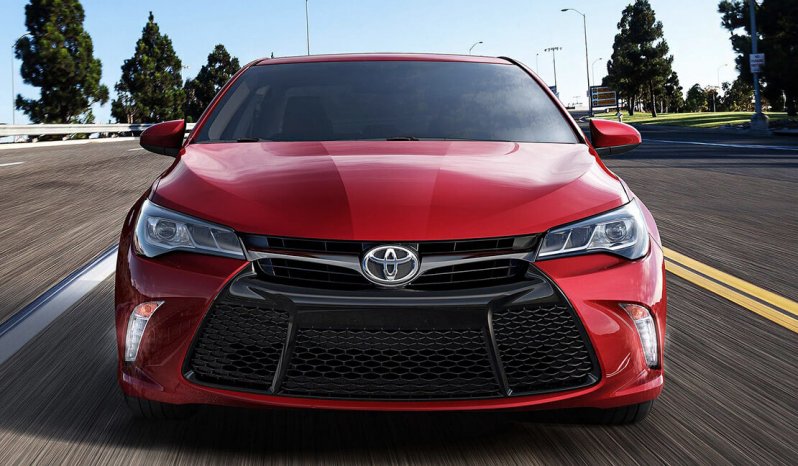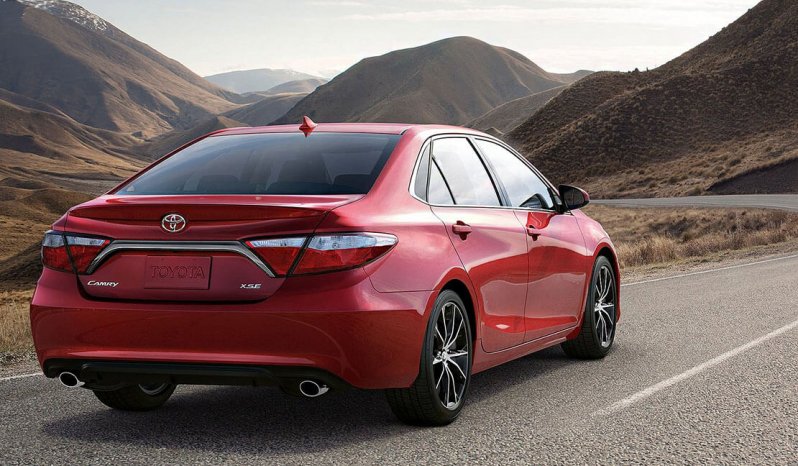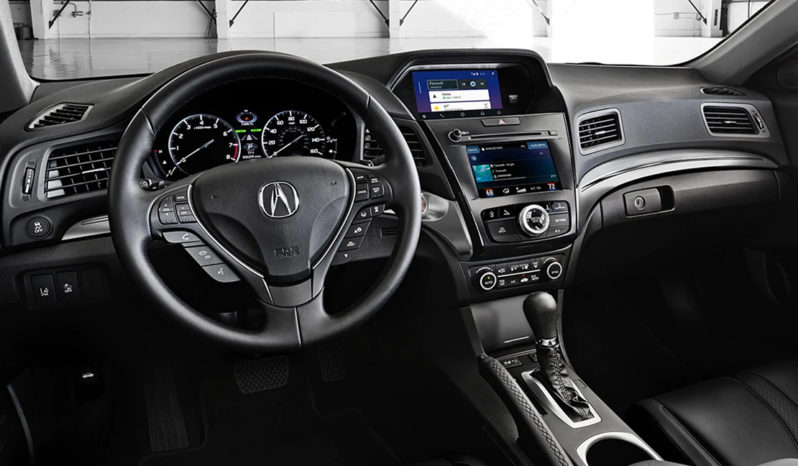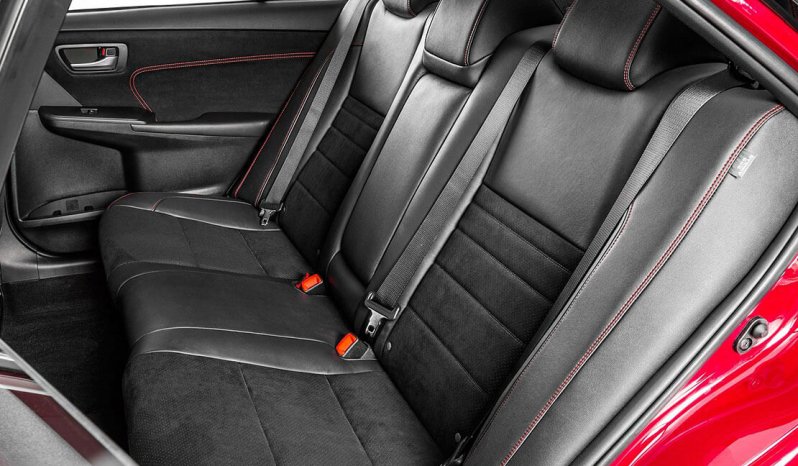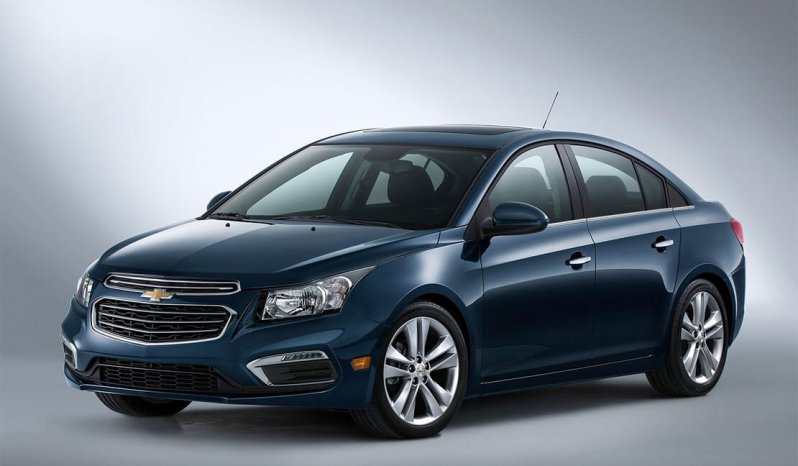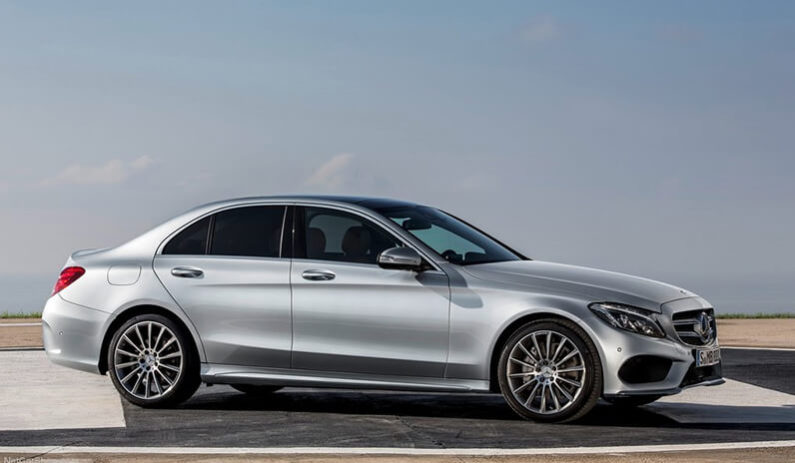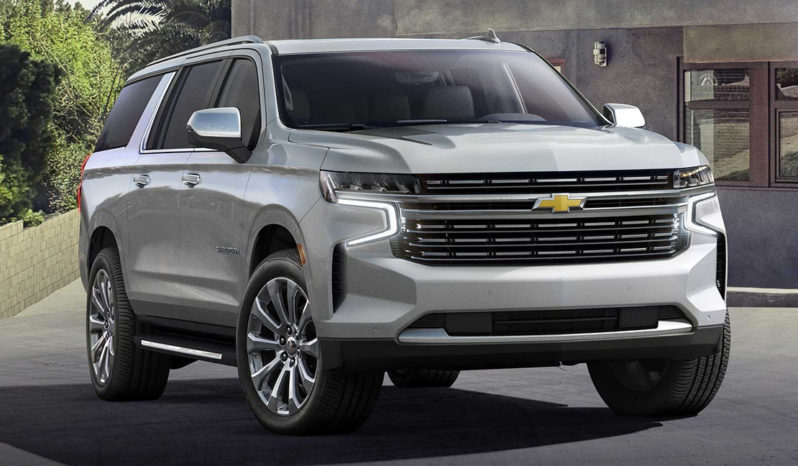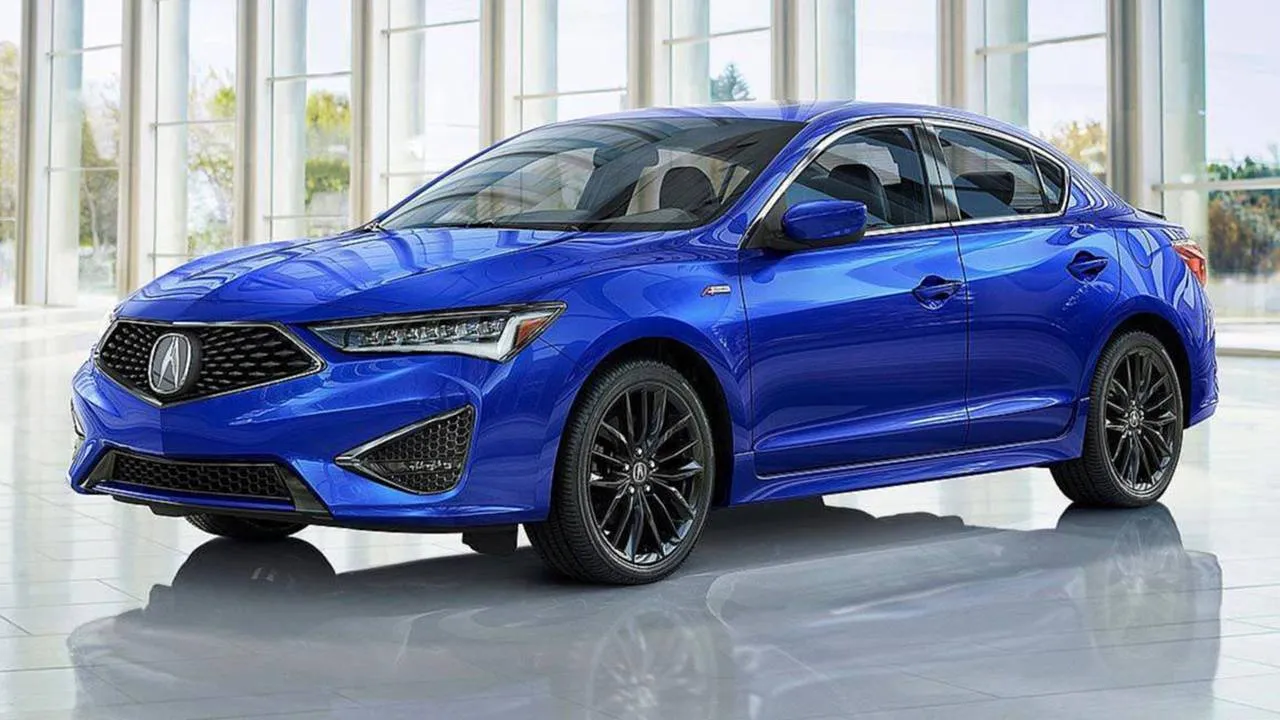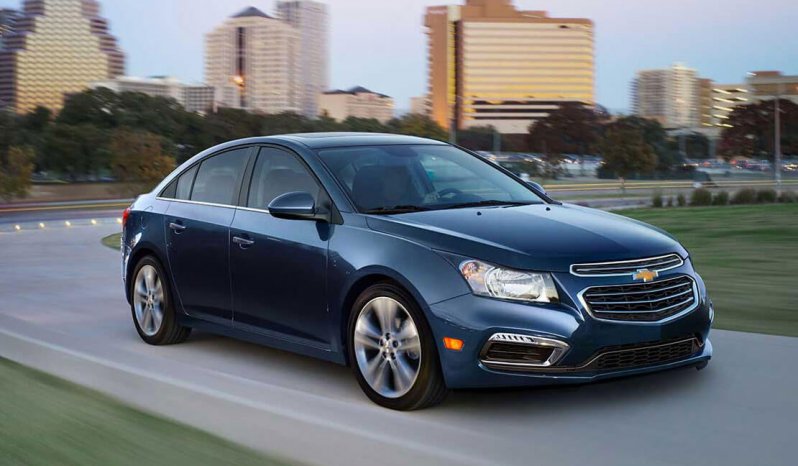2021 Toyota Camry Se
A25A-FKS Automatic 2WD
$25,000 $23,500
Description
In 1879, Benz was granted a patent for his first engine, which had been designed in 1878. Many of his other inventions made the use of the internal combustion engine feasible for powering a vehicle. His first Motorwagen was built in 1885 in Mannheim, Germany. He was awarded the patent for its invention as of his application on 29 January 1886 (under the auspices of his major company, Benz & Cie., which was founded in 1883). Benz began promotion of the vehicle on 3 July 1886, and about 25 Benz vehicles were sold between 1888 and 1893, when his first four-wheeler was introduced along with a cheaper model. They also were powered with four-stroke engines of his own design. Emile Roger of France, already producing Benz engines under license, now added the Benz car to his line of products. Because France was more open to the early cars, initially more were built and sold in France through Roger than Benz sold in Germany. In August 1888 Bertha Benz, the wife of Carl Benz, undertook the first road trip by car, to prove the road-worthiness of her husband's invention.n 1896, Benz designed and patented the first internal-combustion flat engine, called boxermotor. During the last years of the nineteenth century, Benz was the largest car company in the world with 572 units produced in 1899 and, because of its size, Benz & Cie., became a joint-stock company. The first motor car in central Europe and one of the first factory-made cars in the world, was produced by Czech company Nesselsdorfer Wagenbau (later renamed to Tatra) in 1897, the Präsident automobil.
Features
ABS Brakes, Power Steering, Power Windows, Power Door Locks, Air Conditioning, Dual Airbags, AM/FM Radio, Forward Collision Warning, Lane Departure Warning, Lane Keeping Assistance, Crash Imminent Braking, Traction Control, Daytime Running Light, Backup Camera, Pedestrian Automatic Braking

